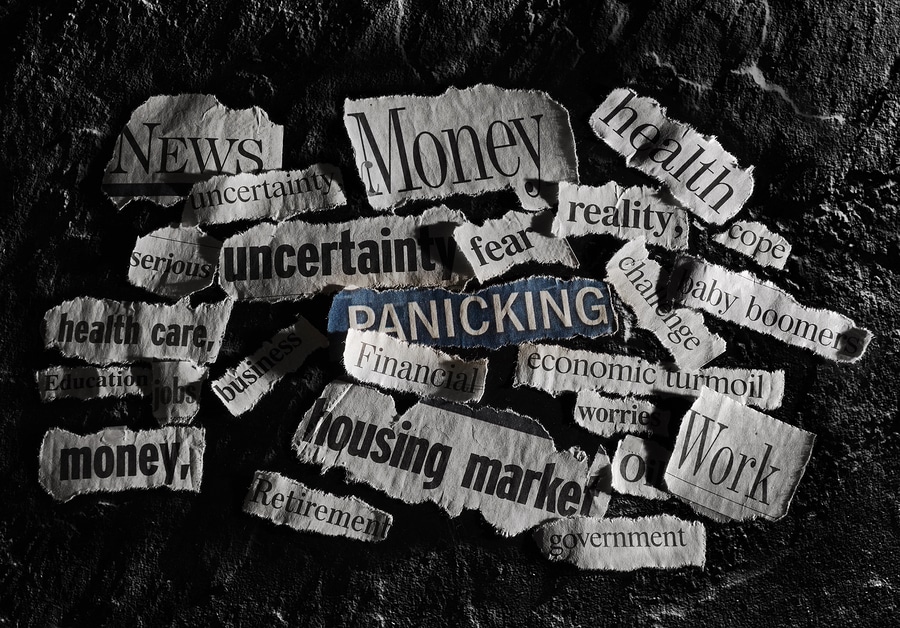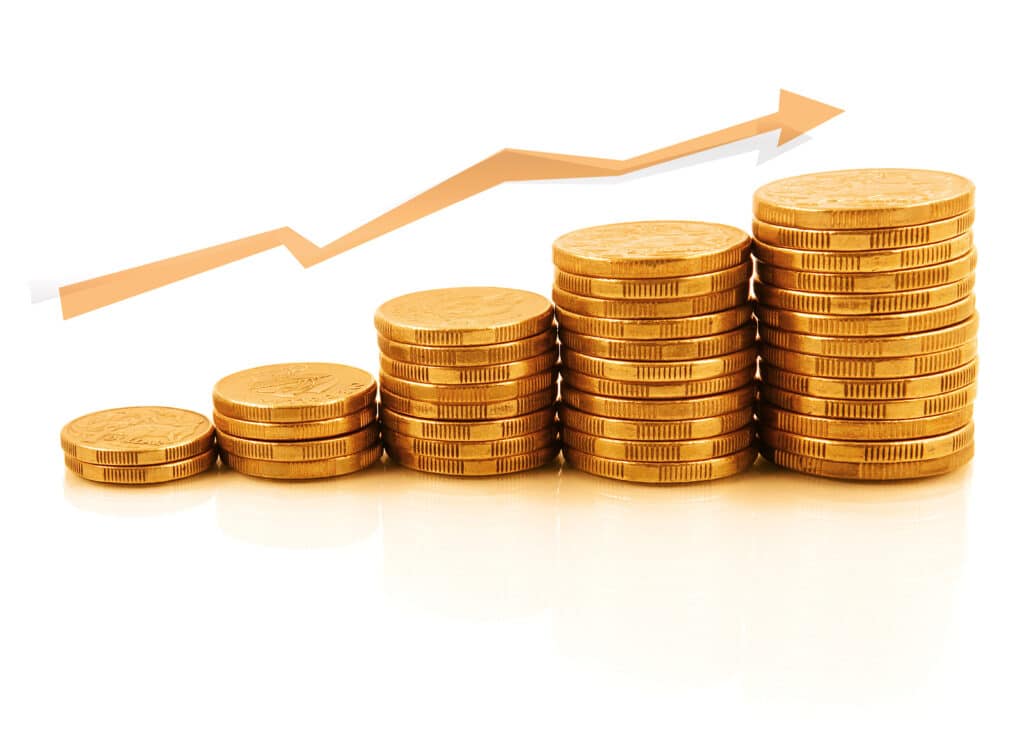Advisers in Trump’s orbit have long fantasized about a cheaper currency. They’re unlikely to have wanted it at this perilous moment.

Donald Trump’s economic policy is not going according to plan. If you need more proof than the volatility in stocks, look no further than the depreciation of the dollar. While some in Trump’s orbit may have occasionally fantasized about a weaker greenback to boost domestic industry, it was never, ever supposed to happen like this — an abrupt slide at the worst possible time.
Weak-dollar Trumpism is perhaps best associated nowadays with Stephen Miran, Trump’s chair of the Council of Economic Advisers. In a speech to the Hudson Institute last week, Miran said that the dollar’s special status in global finance has “caused persistent currency distortions and contributed, along with other countries’ unfair barriers to trade, to unsustainable trade deficits.” (His diagnosis isn’t wrong, though I think it pays short shrift to the considerable benefits that accrue from the greenback’s reserve-currency status, which I’ll return to later.) Trump himself has flip-flopped about the dollar. During his first term, he grumbled about Chinese and European currency weakness and said that the US should match their tactics. Conversely, he’s also recently threatened to punish countries that move away from dollar-based trade.
But what no one wanted — and certainly not Miran — was a flash devaluation that drove fear into the hearts of market participants and could potentially exacerbate inflation and the fiscal deficit.
Yet here we are. The US Dollar Index plummeted by 0.8% on Friday, bringing its total depreciation to around 8.5% since Trump’s inauguration. The move came after the Trump administration unveiled the highest import duties in a century, triggering a violent (but somewhat predictable) selloff in the S&P 500 Index. What surprised many investors, however, was the drop in traditional “haven” investments such as Treasury notes and the buck, which hinted at a broader loss of faith in US governance — a sense of alarm about not just the administration’s strategic tariff goals but also their amateurish execution.
The Trump administration had seemingly designed the policy based on shaky math, and it only issued a course correction after being pressured to do so by Elon Musk, the world’s richest man, and investor Bill Ackman.
The Trump team seemed to further walk back the original “reciprocal tariff” policy late Friday, amending it to exempt smartphones, computers and other electronics, according to an update published by US Customs and Border Protection. Then Sunday on ABC’s This Week, Commerce Secretary Howard Lutnick appeared to walk back the walk-back, saying that, in fact, the exempted products would still be subject to a separate and forthcoming levy specific to their product category. And in an even more surreal and revisionist twist, President Trump himself posted on Truth Social late Sunday that “there was no Tariff ‘exception’ announced on Friday.” Huh? The upshot is that whiplash and uncertainty are as pervasive as ever. The weak-dollar camp in Trump world finally has the buck they’d coveted, but not in the way they’d envisioned.
Let’s dig into the unfortunate timing. In a November 2024 paper “A User’s Guide to Restructuring the Global Trading System,” Miran laid out a catalogue of options to reshape the international trading order that he cast as placing an unfair burden on the US. Tariffs are one of two that he considers, currency depreciation is the other. He assumed that the import duties would probably cause the dollar to strengthen. But he argues that intentional dollar depreciation is riskier, and the Trump government shouldn’t be too hasty about orchestrating such a maneuver. “The Administration will likely wait for more confidence that inflation and deficits are lower, to limit potentially harmful increases in long yields that could accompany a change to dollar policy,” Miran wrote. Given the economic circumstances at the moment, he said that he expected policy to be “dollar-positive before it becomes dollar negative.” So much for that.
The dollar plunge of the past few weeks has come in the context of still-elevated inflation and still-gaping fiscal deficits, which congressional Republicans may exacerbate with new tax cuts, including efforts to extend the expiring provisions of the Tax Cuts and Jobs Act of 2017.
A report Thursday showed that the core consumer price index — excluding volatile food and energy — rose 2.8% in March from a year earlier. The hike in tariff rates will likely push the number substantially higher in 2025, with a weakened currency now adding some further pressure on import prices. Perhaps more concerning still are the hints in consumer survey data from the University of Michigan that households are losing faith in the disinflation process, with inflation expectations at multi-decade highs. Economists see inflation as a self-fulfilling prophecy, and consumer psychology may well be the key to understanding the endemic inflation that everyone wants to avoid.
The fiscal backdrop is similarly ill-suited for dollar depreciation. In general, big currency moves, like the ones seen recently in the dollar, can have material adverse effects on foreign holders of bonds, if sustained.
At about 7% of gross domestic product, the government is still running deficits comparable only to those seen during major crises, and surging net interest expense is one of the biggest factors. Treasury Secretary Scott Bessent has said that he and the president would prioritize lower rates on the 10-year Treasury note, a key benchmark for borrowing costs including for corporate bonds and residential mortgages. But the recent market turmoil has upended any significant signs of progress.
To use an example similar to one Miran laid out in his “User’s Guide” essay, consider that, from the perspective of a foreign investor in our bonds, the roughly 8.5% depreciation of the dollar has already wiped out almost two years of interest payments on 10-year Treasuries note yielding 4.46% as of Friday. No wonder such moves can snowball into something that feels like market panic. Fortunately, the Treasury has still found decent demand at its regular auctions of new securities, but the perception of a risky currency can ultimately lead investors to demand higher interest rates from the US government.
Perhaps this will be remembered as a “be careful what you wish for” moment. There are no doubt challenges associated with the US being at the center of the global financial system. In normal times, the perceived safety and stability of our currency and bonds arguably leave them slightly overvalued, but that also translates into lower borrowing costs, cheaper imported consumer goods and an ability to borrow large sums of money even when wars or pandemics break out — the times we need it the most. As with everything, there are tradeoffs that come from being in that position, and I personally think the benefits justify the costs.
Others may disagree and think that the strong dollar is an albatross around the US manufacturing sector. Even those who accept their premise would admit that their vision couldn’t be playing out at a worse possible time.
Read the full story HERE.


